Does your home’s exterior look worn and weathered? Ontario’s harsh weather conditions in Chatham-Kent, constantly trigger the need to repair, repaint, or replace your residential siding material. But what if you could install low-maintenance siding options that also suits your budget?
Low-maintenance siding materials like metal, fibre cement, fake brick veneer, etc., can cut your recurrent investments of regular upkeep.
Today, we have put together a list of the best low-maintenance siding options for your home!
Low-Maintenance Siding Options: Comparing Top 9 Exterior Siding Materials
Among several types of low-maintenance siding options available, which ones require almost zero maintenance and last the longest?
Let’s take a look at some of the highest-recommended picks for exterior low-maintenance siding:
1. Steel Siding
One of the most popular low-maintenance siding choices is board and batten steel siding. Once you install them, you needn’t worry about reinstalling sidings in your life.
It’s incredibly strong and won’t warp, crack, peel, dent, or rot.
Steel can handle exposure to sun, wind, rain, and snow for decades. And it hardly needs repainting.
You may only require touch-ups if you notice scratches or discoloration during annual maintenance.
Pros:
- Does not get damaged easily by weather elements
- Only needs annual checkups and occasional touch-ups
- Available in a wide range of colors and style variants
- Provides insulation and maintains indoor temperature
- Lasts for 20-75 years
Cons:
- High upfront cost
- Heavy material and handling difficulties for inexperienced installers
2. Metal Siding
If you’re looking for a low-maintenance siding material, metal is one of the top contenders.
Granted, it’s one of the most expensive materials. But the price you pay for its installation is well worth it.
Different metal alloys, can be used to create, very strong ‘metal stamped panels‘. For instance: Aluminum neither dents, nor swells in moisture or cracks due to impact. Thus, with minimal maintenance, it can last a lifetime and reduce your heating/cooling costs.
Pros:
- Resistant to rust
- Lightweight
- Reflects heat and UV rays
- Available in various colors and textures
- Long lifespan of 20-50 years
Cons:
- Higher upfront cost
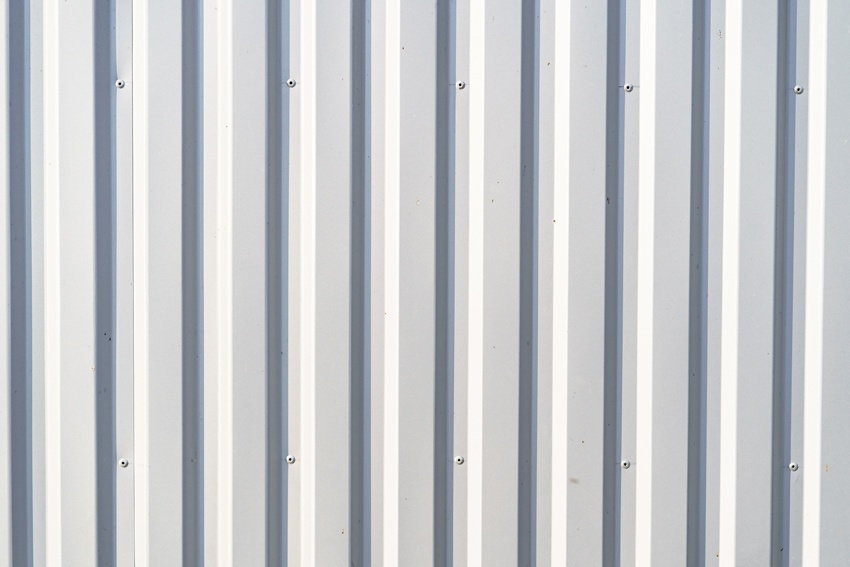
3. fibre Cement Siding
A blend of wood pulp and Portland cement, fibre cement siding is an extremely popular choice. Thanks to its composition, it provides exceptional strength to home exteriors.
It is resistant to rotting, denting, and quick damage. However, it needs proper installation to prevent moisture damage and mold and might not be great at insulating the property.
Pros:
- Easy to customize
- Resistant to fire and weather elements
- Lasts 20-50 years with minimal maintenance
Cons:
- Can develop a chalky look over time
- Difficult and expensive installation
- Limited range of styles
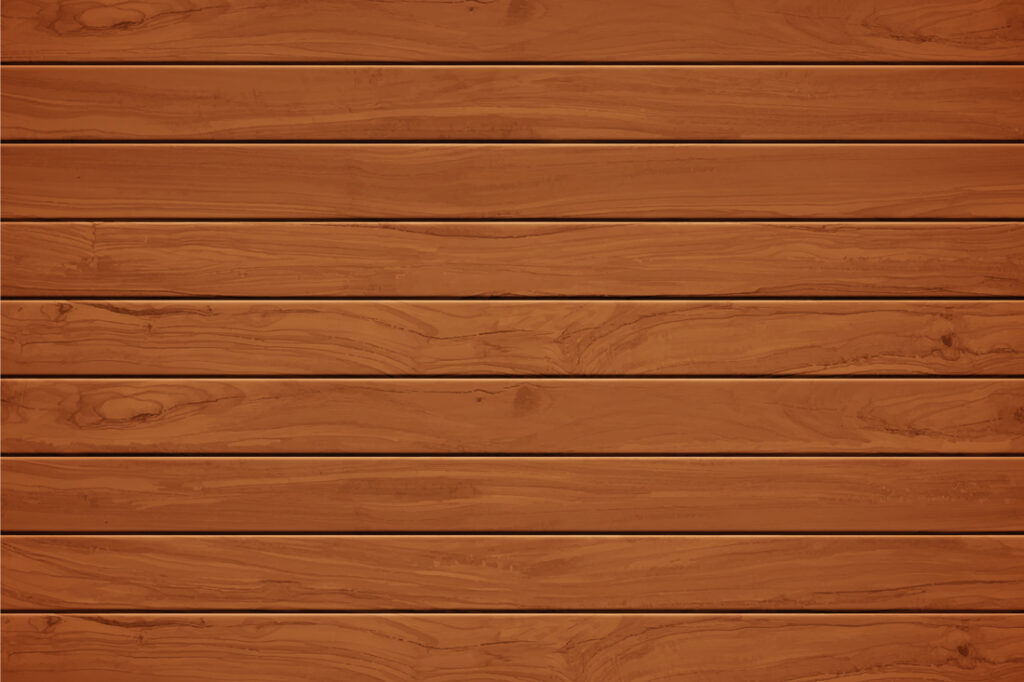
4. Vinyl Siding
One of the best low-maintenance siding materials is vinyl. It comes in many styles that mimic wood grain, stucco, and more.
The plastic composition of vinyl siding resists moisture, rotting, and pests.
Indeed, its longevity is lower than some of the other materials, like metal sidings. It still lasts for decades, though.
But several years of exposure to weather elements can cause cracks, dents, and fading.
Pros:
- Great value at a reasonable cost
- Energy-efficient and eco-friendly
- Fits a wide range of architectural styles
Cons:
- Prone to cracks, dents, and fading over a prolonged period
5. Engineered Wood Siding
You will find many properties in Canada using engineered or modified wood as a siding material. Owing to its polymer or resin coating that makes it durable, it has become more popular than real wood siding.
It’s better at withstanding swelling, cracking, and rotting while offering the same natural texture. But it is wood, after all, and its life span is lower than other materials.
It also needs touch-ups every 6-8 years.
Pros:
- Natural wood’s texture – but lasts longer
- Goes well with other materials for unique exteriors
- One of the most affordable siding options
- Lasts 5-25 years
Cons:
- Needs maintenance and refinishing over time
- Not as durable as other sidings

6. Stone Veneer
Thin slabs of real stone are used to form stone veneer. It has a natural, unpretentious look and is lighter than natural stone siding.
Although it’s not for load-bearing, it won’t need a replacement in your life.
However, it can get chipped or erode over time, especially if the installation is not correct. Repairing stone veneer sidings is not really convenient because of the structure.
Pros:
- Rustic and timeless look
- Less expensive option
- Lasts 20-75 years if installed properly
Cons:
- Heavy for structures (though lighter than real stone)
- Prone to damage if harsh cleaners are used
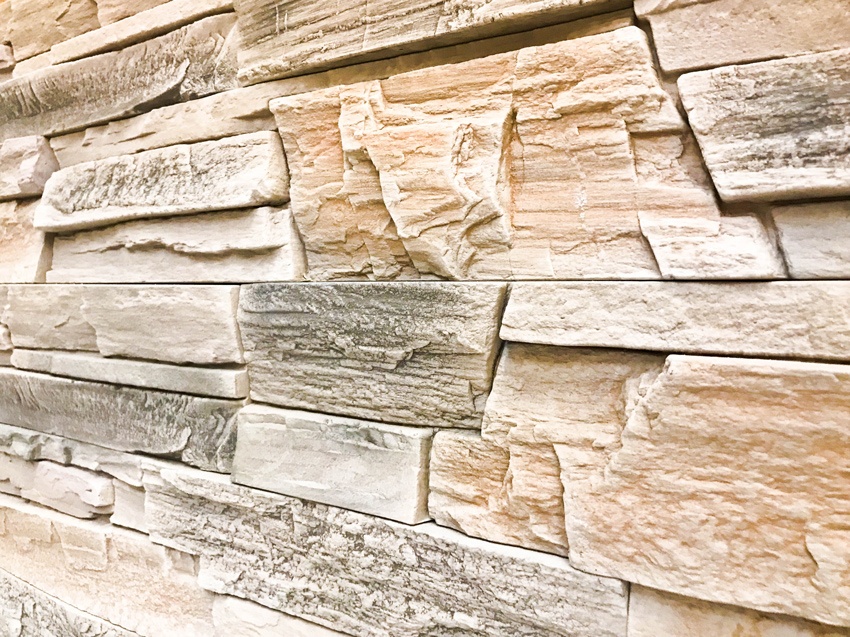
7. Brick Veneer
One of the most durable materials you can use for your exterior sidings is brick veneer. What makes this material strong is the combination of a thin brick layer, wood stud backing, and metal anchors.
If you live in an earthquake-prone area like the Pacific Coast or Vancouver Island, brick veneer may not be ideal. However, it’s a lightweight material and can withstand extreme temperatures, pests, and rotting.
Pros:
- Classic, rustic look of bricks
- Provides insulation and reduces energy bills
- Last as long as 50-100 years
Cons:
- Heavier than synthetic materials
- Prone to water damage if not installed properly
- Costs more than modified wood or fibre cement
- Mortar prone to cracking during earthquakes
8. Stucco Siding
Are you a fan of Mediterranean homes? Stucco is an excellent material to achieve that look and feel.
This cement-based siding lasts for ages, protecting your home from fire and water damage.
However, as stucco ages, it can develop tiny cracks. And moisture seepage is a problem occurring over the ages.
You can avoid major damage and frequent upkeep with painting jobs every 5-10 years.
Pros:
- Affordable siding option
- Sustainable and energy-efficient
- Quick installation
- Lasts 50-70 years
Cons:
- May cause moisture seepage over the years (though generally moisture resistant)
- Patching required to prevent damage
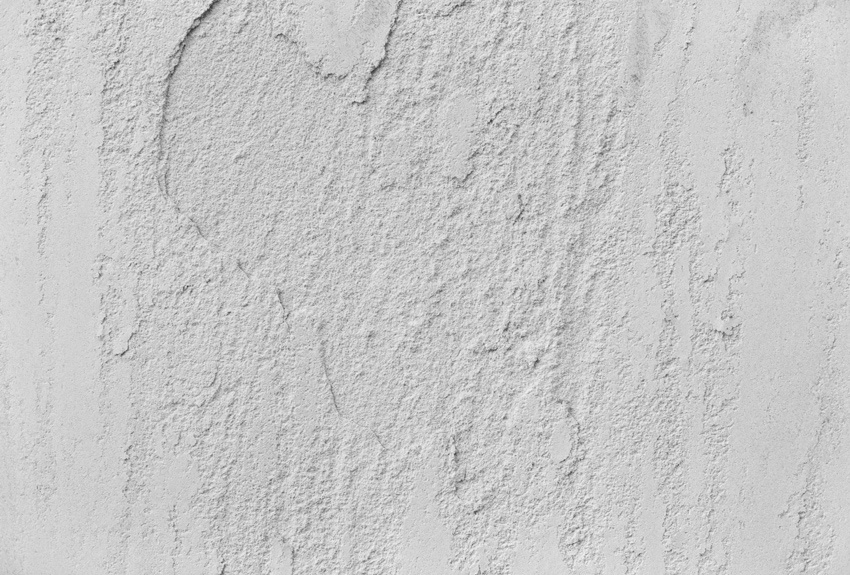
Contact Country Towne
Country Towne is a trusted destination for anyone looking to redo their home exteriors. Our services are pocket-friendly, with affordable installation costs and low-maintenance sidings made of metal.
Socontact us TODAY!
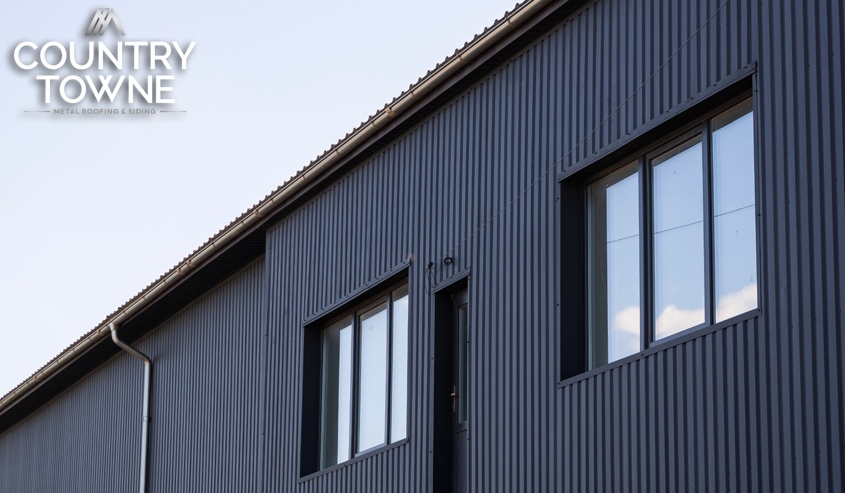
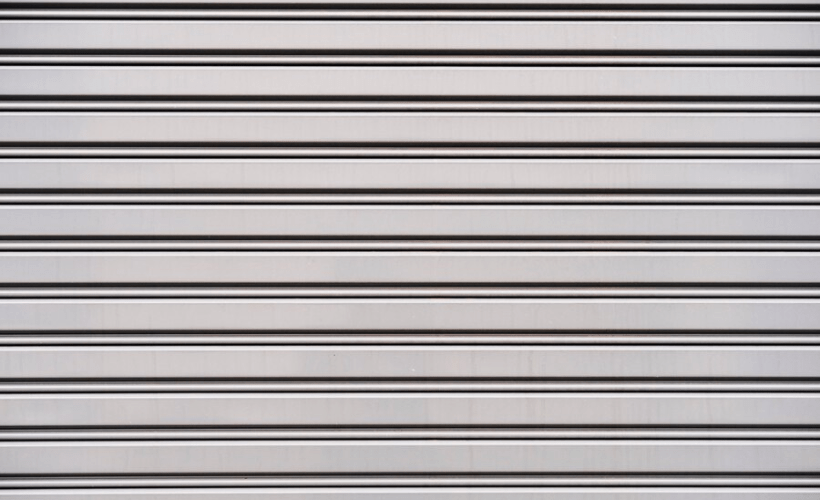
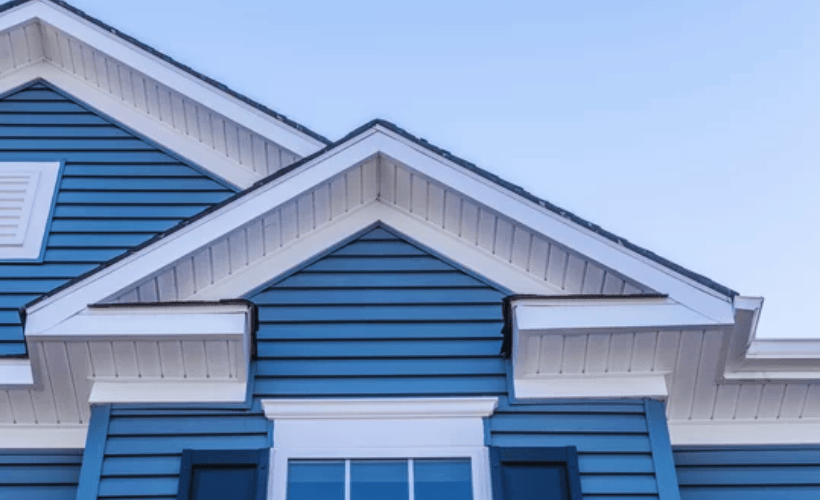
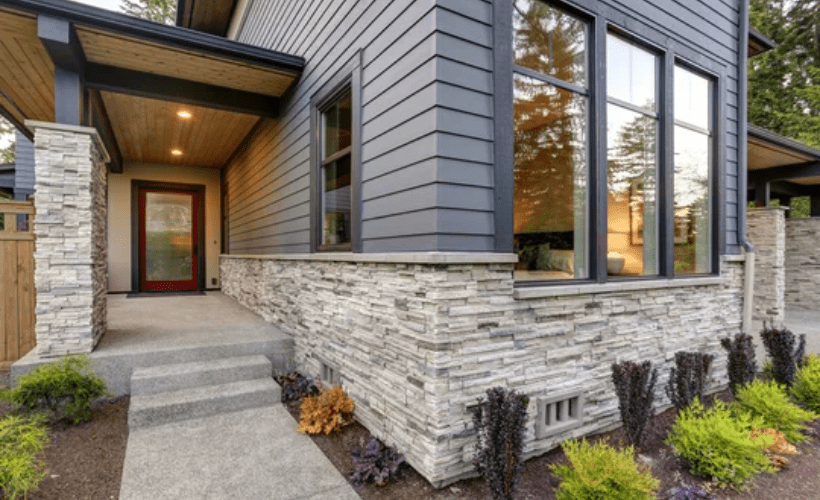

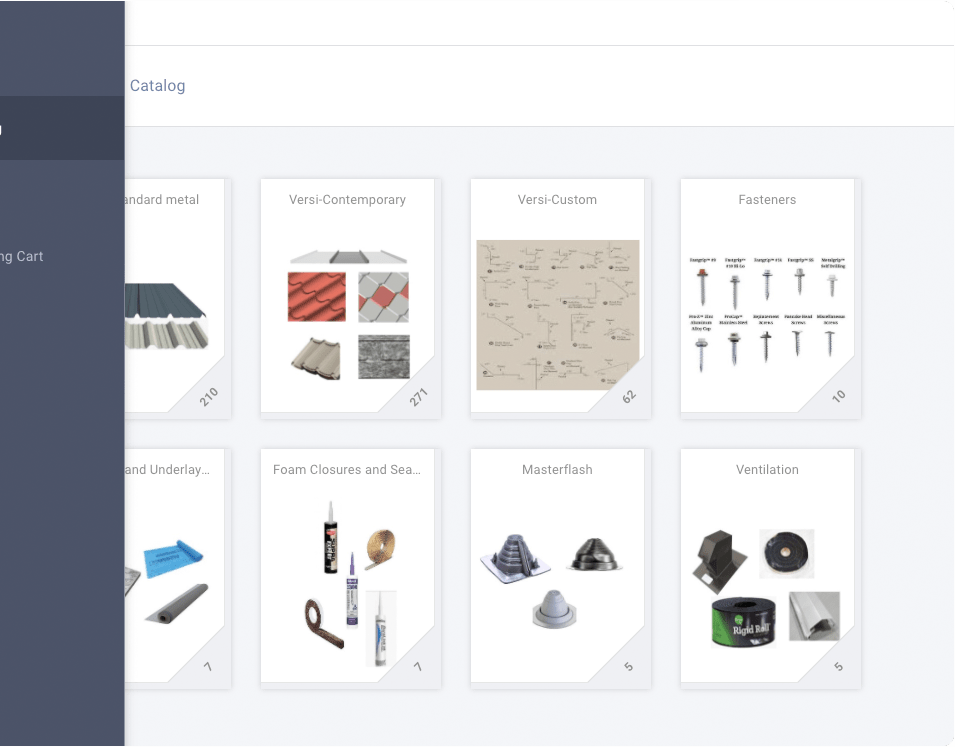

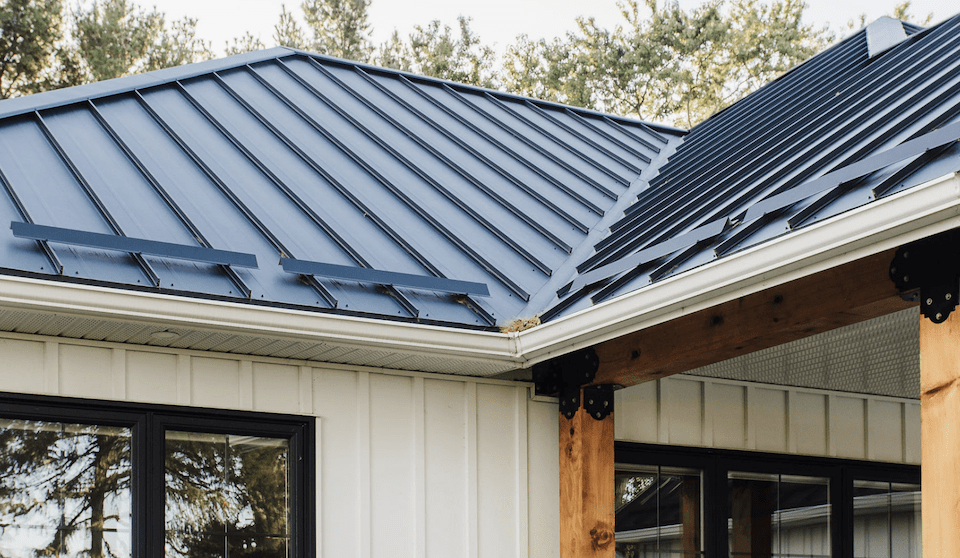
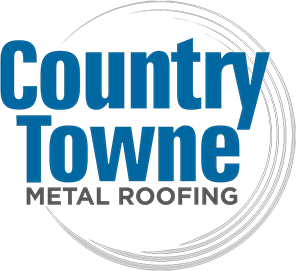
Share This Article
Choose Your Platform: Facebook Twitter Google Plus Linkedin